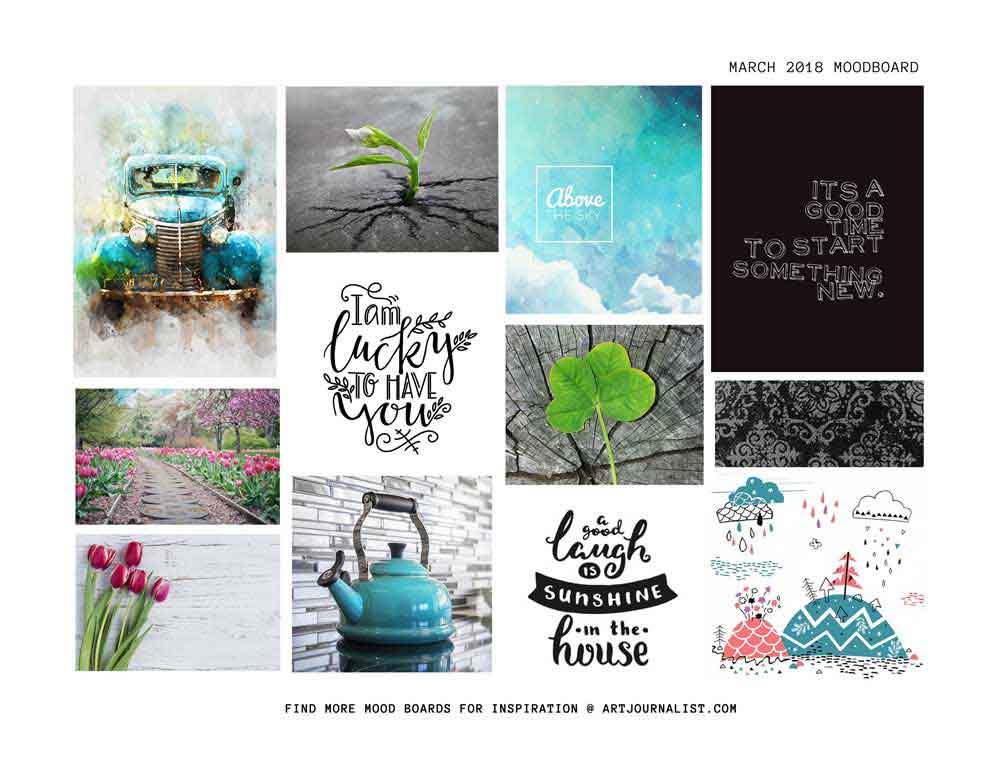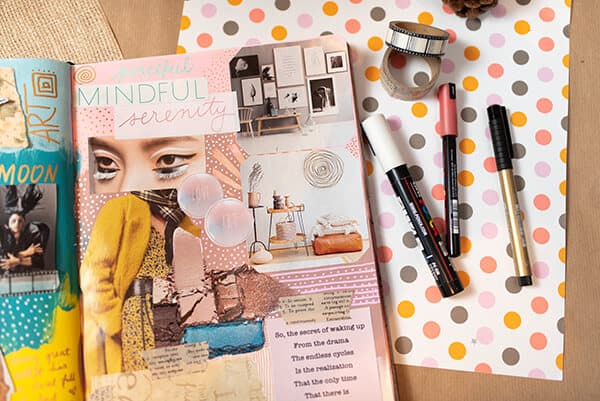Creating a Mood Board: A Comprehensive Guide for Artists
A mood board is an essential tool for artists, designers, and other creative professionals. It serves as a visual representation of ideas, feelings, and inspirations that can guide the development of artistic projects. In this article, we will explore how to create an effective mood board, the various techniques involved, and why they are an important part of the creative process.
What is a Mood Board?
A mood board is essentially a collage of images, materials, text, and sample objects that reflect the aesthetic and conceptual direction of a project. Traditionally used in design and art, mood boards help in visualizing inspiration and can provide clarity to the creative process. They encapsulate colors, textures, shapes, and themes that resonate with the artist’s vision.

Mood board inspiration images.
Source: Alice Sheridan
Why Create a Mood Board?
Creating a mood board allows artists to focus their ideas and increase clarity in their work. It acts as a visual summary that can guide design choices and artistic direction. Some benefits include:
- Visual Clarity: It offers clear visual guidance, helping to articulate the aesthetic intent of a project.
- Inspiration: Mood boards can inspire creativity by showcasing colors and styles that artists may want to explore further.
- Communication: They serve as an excellent communication tool to discuss visions with clients or collaborators.
Steps to Create an Effective Mood Board
Creating a mood board involves several steps that ensure it effectively captures the artist’s vision:
1. Define Your Purpose
Before assembling a mood board, identify the objective. Are you exploring a new style, presenting to a client, or planning a personal project? This will guide your choices in terms of imagery and text.
2. Collect Inspiration
Gather images, textures, colors, and text that resonate with your artistic vision. This can be done through online research, photographs, magazine cutouts, or even found objects. Consider what elements speak to you and would best convey the desired mood.

An example of a creative mood board.
Source: Artjournalist
3. Choose a Platform
You can create mood boards digitally with tools like Canva or Milanote, or physically with boards and materials. Choose a format that suits your workflow and project.
4. Assemble Your Board
Place the collected visuals on your board according to how they align with your purpose. Group similar colors, themes, or ideas together. Be open to re-arranging items until the composition feels cohesive.
5. Refine Your Mood Board
Once everything is laid out, take a step back and evaluate the mood board. Make adjustments as necessary. Ensure it conveys the intended feelings and ideas clearly.
6. Use Your Mood Board as a Reference
While working on your project, refer back to your mood board to maintain focus on the original vision. It can help keep your artistic direction consistent throughout the process.

A creative art mood board example.
Source: Artful Haven
Tips for Enhancing Your Mood Board
- Be selective when choosing inspirational pieces; less is often more.
- Ensure your mood board maintains a balance of visuals; play with positive and negative space.
- Include some textual elements if they help articulate concepts better.
- Experiment with colors and textures to evoke emotions effectively.
Common Mistakes to Avoid
When creating mood boards, it’s easy to fall into common traps:
- Overcrowding: Too many items can confuse the viewer. Aim for clarity.
- Lack of Cohesion: Ensure your visuals align with a common theme or aesthetic.
- Neglecting Purpose: Always keep your primary objective front of mind to ensure the mood board serves its intended use.
Conclusion
A mood board is a vital resource for artists seeking to express their creative visions visually. By following the steps outlined in this guide, artists can produce powerful mood boards that not only inspire but also guide their artistic projects effectively. Let creativity flourish through the use of mood boards!